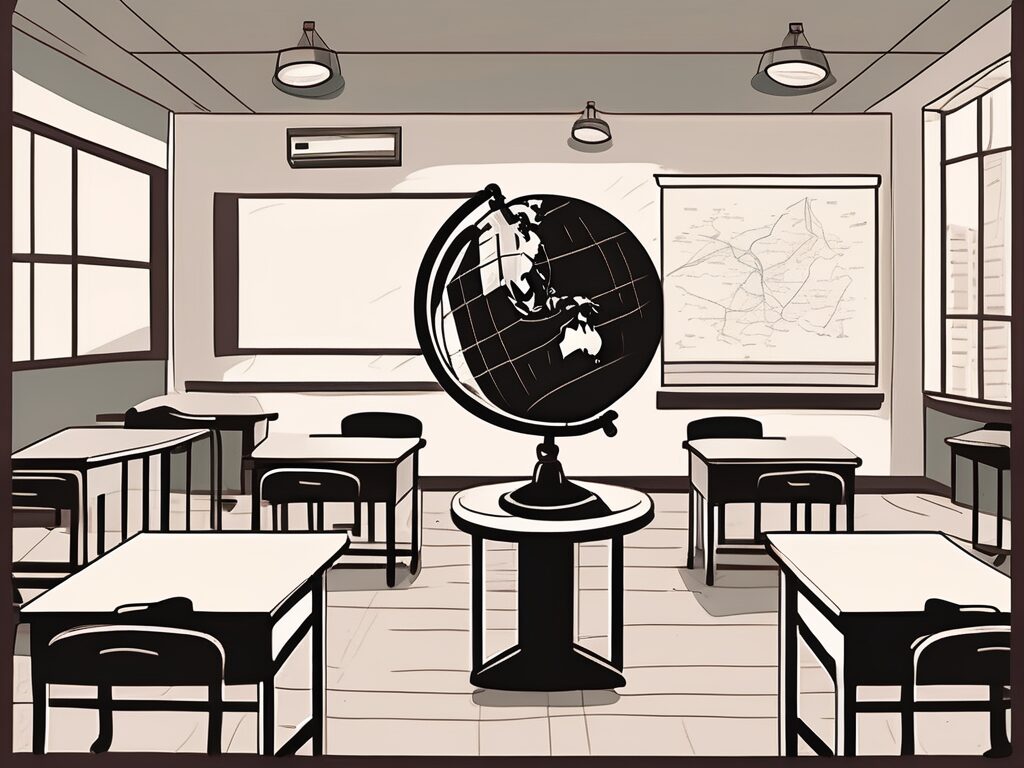Malaysia, a vibrant Southeast Asian country, is renowned for its rich cultural diversity, stunning landscapes, and economic prowess. However, beneath the surface, the nation grapples with a significant challenge – low literacy rates. This issue is particularly pertinent for IPGCE (International Postgraduate Certificate in Education) teachers, who are tasked with educating the next generation. In this blog, we’ll delve into six key reasons behind this problem, providing a comprehensive understanding of the situation at hand.
1. Inadequate Educational Infrastructure
Insufficient Schools in Rural Areas
The lack of adequate educational infrastructure, particularly in rural areas, is a significant factor contributing to low literacy rates. Many rural regions in Malaysia still lack sufficient schools, creating a barrier to education for children residing in these areas. This situation is akin to the rural-urban educational divide seen in countries like India and Brazil.
For IPGCE teachers, this means that their potential student base is significantly reduced. Furthermore, the schools that do exist often lack the necessary facilities and resources, making it challenging to provide a comprehensive education.
Overcrowded Classrooms in Urban Schools
On the flip side, urban areas often suffer from overcrowded classrooms due to a high student-to-teacher ratio. This situation is not dissimilar to the challenges faced in bustling metropolises like London or New York. Overcrowded classrooms make it difficult for teachers to give individual attention to each student, thereby affecting the overall quality of education.
For IPGCE teachers, managing large classrooms can be a daunting task, potentially affecting their ability to effectively impart knowledge and skills.
2. Socioeconomic Factors
Poverty
Like many other countries, Malaysia has a significant number of families living below the poverty line. For these families, sending their children to school can be a financial burden, leading to high dropout rates. This situation mirrors the challenges faced in economically disadvantaged regions worldwide.
For IPGCE teachers, this means that they often have to deal with students who are more concerned about their next meal than their homework, making the teaching process more challenging.
Child Labour
Child labour is another socioeconomic factor contributing to low literacy rates. In some families, children are forced to work to supplement the family income, leaving little time for education. This issue is not unique to Malaysia; it’s a global problem that affects countries from Bangladesh to Bolivia.
For IPGCE teachers, this means that some of their students may be juggling work and school, leading to inconsistent attendance and lower academic performance.
3. Language Barriers
Malaysia is a multilingual country, with Malay, English, Mandarin, and Tamil being widely spoken. However, this linguistic diversity can also pose challenges in the classroom. For instance, students who speak different languages at home may struggle with lessons taught in a different language at school.
For IPGCE teachers, this means that they need to be adept at teaching in multiple languages or using teaching methods that can accommodate students with different language backgrounds.
4. Lack of Trained Teachers
The shortage of trained teachers is another significant factor contributing to low literacy rates. Without adequate training, teachers may not be equipped with the necessary skills and knowledge to effectively teach their students.
For IPGCE teachers, this means that they may be working in an environment where professional development opportunities are limited, potentially affecting their teaching efficacy.
5. Cultural Attitudes towards Education
In some communities, education is not viewed as a priority. This cultural attitude can lead to low school enrolment rates and high dropout rates. This issue is not unique to Malaysia; it’s a global problem that affects countries from Afghanistan to Zambia.
For IPGCE teachers, this means that they may have to work harder to engage their students and instil in them the value of education.
6. Government Policies
Lastly, government policies can also impact literacy rates. For instance, policies that do not prioritise education or allocate sufficient resources to the education sector can hinder efforts to improve literacy rates.
For IPGCE teachers, this means that they may have to work within a system that does not fully support their efforts to educate their students.
In conclusion, the low literacy rates in Malaysia are a complex issue with multiple contributing factors. For IPGCE teachers, understanding these factors can help them better navigate the challenges they face and contribute more effectively to improving literacy rates in the country.
Empower Your Teaching Career with IPGCE
Understanding the challenges of low literacy rates in Malaysia is just the beginning. As an IPGCE teacher, you have the power to make a difference. The International Postgraduate Certificate in Education (iPGCE) is your gateway to not only enhancing your qualifications but also propelling your career forward. With our program, you’ll join a global network of educators, gain a deep understanding of international curricula, and enjoy the flexibility of online study options that fit your busy schedule. Don’t let inadequate credentials or isolation hold you back. Embrace the opportunity for professional growth, increased salary potential, and a stronger connection to the educational community. Join the UK’s #1 Teacher Training Course today and be the change you wish to see in the education system.

